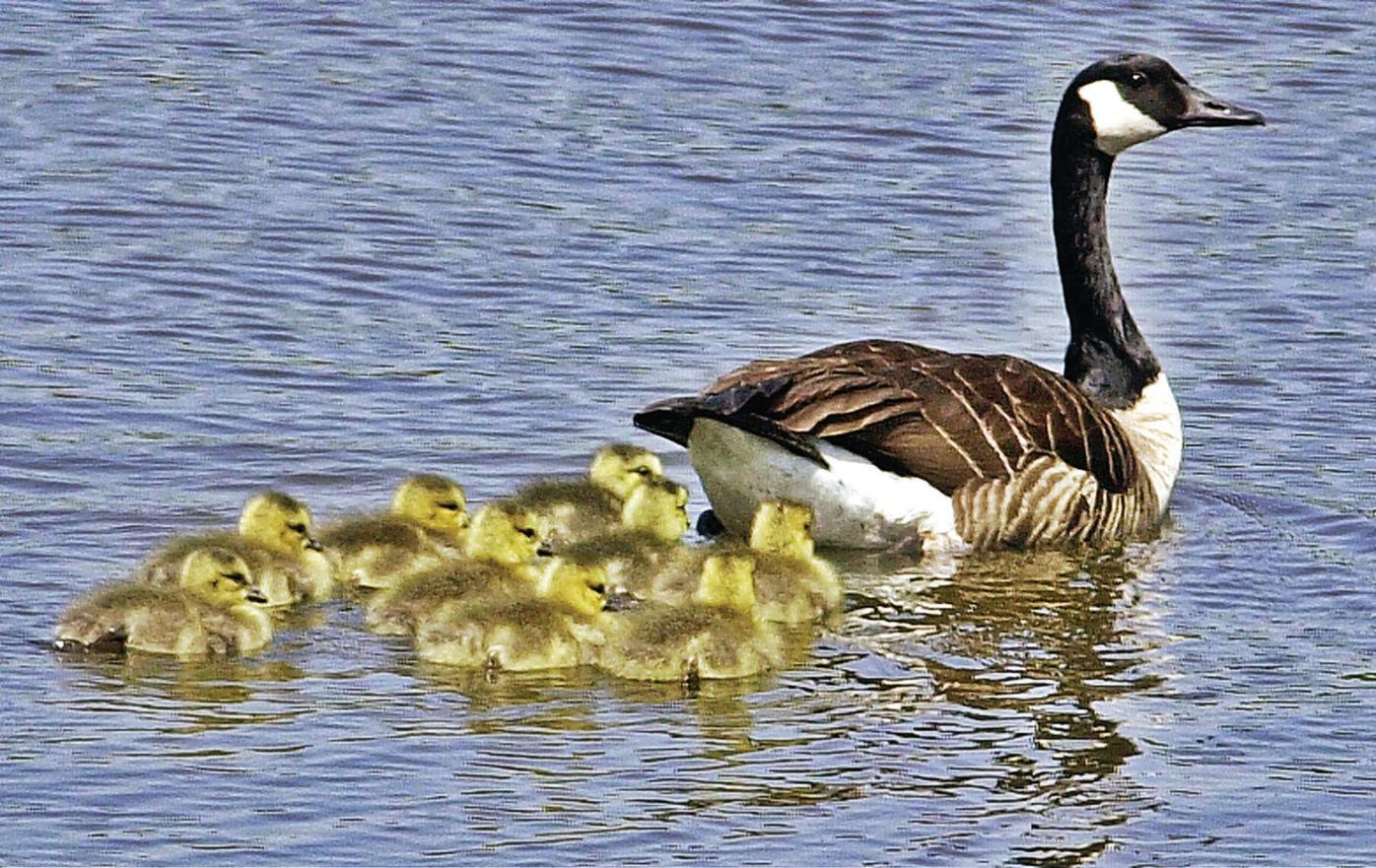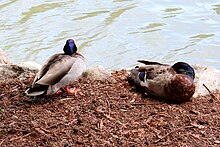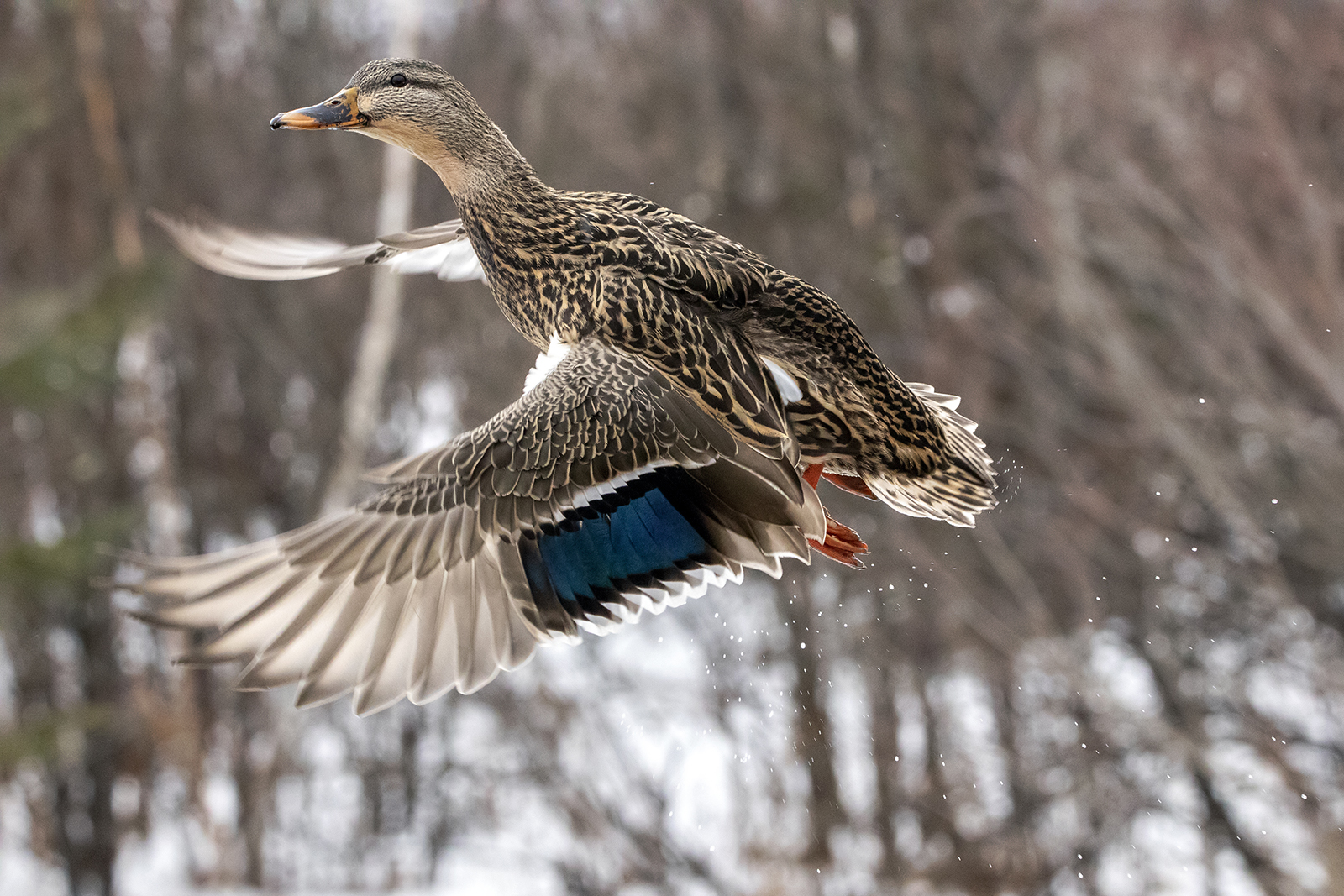
The mallard () or wild duck (Anas platyrhynchos) is a dabbling duck that breeds throughout the temperate and subtropical Americas, Eurasia, and North Africa, and has been introduced to New Zealand, Australia, Peru, Brazil, Uruguay, Argentina, Chile, Colombia, the Falkland Islands, and South Africa. This duck belongs to the subfamily Anatinae of the waterfowl family Anatidae.
The male birds (drakes) have a glossy green head and are grey on their
wings and belly, while the females (hens or ducks) have mainly
brown-speckled plumage. Both sexes have an area of white-bordered black or iridescent blue feathers called a speculum
on their wings; males especially tend to have blue speculum feathers.
The mallard is 50–65 cm (20–26 in) long, of which the body makes up
around two-thirds the length. The wingspan is 81–98 cm (32–39 in) and
the bill
is 4.4 to 6.1 cm (1.7 to 2.4 in) long. It is often slightly heavier than
most other dabbling ducks, weighing 0.7–1.6 kg (1.5–3.5 lb). Mallards
live in wetlands, eat water plants and small animals, and are social animals preferring to congregate in groups or flocks of varying sizes. This species is the main ancestor of most breeds of domestic ducks.
The female lays eight to 13 creamy white to greenish-buff spotless eggs, on alternate days. Incubation takes 27 to 28 days and fledging takes 50 to 60 days. The ducklings are precocial and fully capable of swimming as soon as they hatch.
The mallard is considered to be a species of least concern by the International Union for Conservation of Nature (IUCN). Unlike many waterfowl, mallards are considered an invasive species
in some regions. It is a very adaptable species, being able to live and
even thrive in urban areas which may have supported more localised,
sensitive species of waterfowl before development. The non-migratory
mallard interbreeds with indigenous wild ducks of closely related
species through genetic pollution
by producing fertile offspring. Complete hybridisation of various
species of wild duck gene pools could result in the extinction of many
indigenous waterfowl. The wild mallard is the ancestor of most domestic
ducks, and its naturally evolved wild gene pool gets genetically
polluted by the domestic and feral mallard populations.
Female (left) and male (right)
Taxonomy and evolutionary history
The mallard was one of the many bird species originally described in the 1758 10th edition of Systema Naturae by Carl Linnaeus.[2] He gave it two binomial names: Anas platyrhynchos and Anas boschas.[3] The latter was generally preferred until 1906 when Einar Lönnberg established that A. platyrhynchos had priority, as it appeared on an earlier page in the text.[4] The scientific name comes from Latin Anas, "duck" and Ancient Greek πλατυρυγχος, platyrhynchus, "broad-billed" (from πλατύς, platys, "broad" and ρυγχός, rhunkhos, "bill").[5] The genome of Anas platyrhynchos was sequenced in 2013.[6]
The name mallard originally referred to any wild drake, and it is sometimes still used this way.[7] It was derived from the Old French malart or mallart for "wild drake" although its true derivation is unclear.[8] It may be related to, or at least influenced by, an Old High German masculine proper name Madelhart, clues lying in the alternative English forms "maudelard" and "mawdelard".[9] Masle (male) has also been proposed as an influence.[10]
Mallards frequently interbreed with their closest relatives in the genus Anas, such as the American black duck, and also with species more distantly related, such as the northern pintail, leading to various hybrids that may be fully fertile.[11] This is quite unusual among such different species, and is apparently because the mallard evolved very rapidly and recently, during the Late Pleistocene.[12]
The distinct lineages of this radiation are usually kept separate due
to non-overlapping ranges and behavioural cues, but have not yet reached
the point where they are fully genetically incompatible.[12] Mallards and their domestic conspecifics are also fully interfertile.[13]
Genetic analysis has shown that certain mallards appear to be closer to their Indo-Pacific relatives, while others are related to their American relatives.[14] Mitochondrial DNA data for the D-loop sequence suggest that mallards may have evolved in the general area of Siberia. Mallard bones rather abruptly appear in food remains of ancient humans and other deposits of fossil bones in Europe, without a good candidate for a local predecessor species.[15] The large Ice Age palaeosubspecies that made up at least the European and West Asian populations during the Pleistocene has been named Anas platyrhynchos palaeoboschas.[16]
Mallards are differentiated in their mitochondrial DNA between North American and Eurasian populations,[17] but the nuclear genome displays a notable lack of genetic structure.[18] Haplotypes typical of American mallard relatives and eastern spot-billed ducks can be found in mallards around the Bering Sea.[19] The Aleutian Islands hold a population of mallards that appear to be evolving towards becoming a subspecies, as gene flow with other populations is very limited.[15]
Also, the paucity of morphological differences between the Old World mallards and the New World mallard demonstrates the extent to which the genome is shared among them such that birds like the Chinese spot-billed duck are highly similar to the Old World mallard, and birds such as the Hawaiian duck are highly similar to the New World mallard.[20]
The size of the mallard varies clinally; for example, birds from Greenland,
though larger, have smaller bills, paler plumage, and stockier bodies
than birds further south and are sometimes classified as a separate
subspecies, the Greenland mallard (A. p. conboschas).[21]
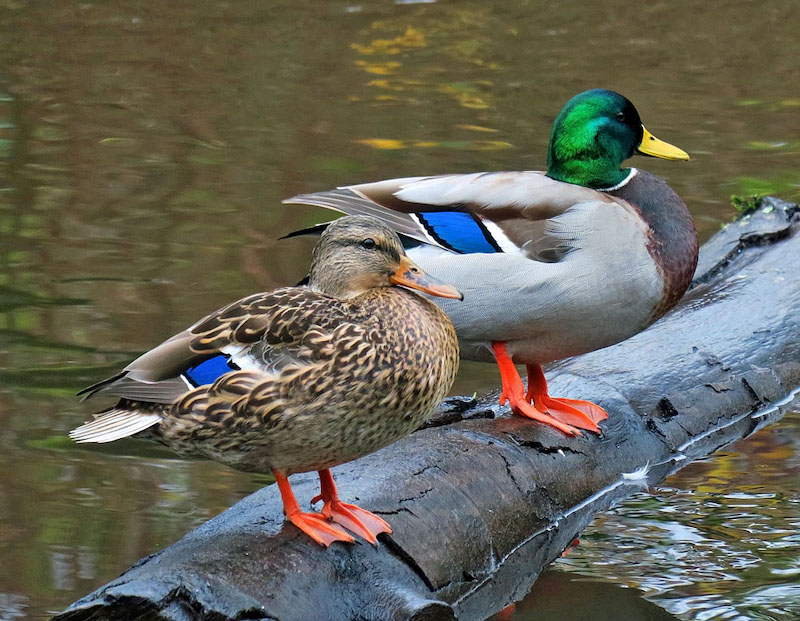
Description
A group of mallards quacking
The mallard is a medium-sized waterfowl species that is often
slightly heavier than most other dabbling ducks. It is 50–65 cm
(20–26 in) long – of which the body makes up around two-thirds – has a
wingspan of 81–98 cm (32–39 in),[22]: 505 and weighs 0.7–1.6 kg (1.5–3.5 lb).[23] Among standard measurements, the wing chord is 25.7 to 30.6 cm (10.1 to 12.0 in), the bill is 4.4 to 6.1 cm (1.7 to 2.4 in), and the tarsus is 4.1 to 4.8 cm (1.6 to 1.9 in).[24]
The breeding male mallard is unmistakable, with a glossy
bottle-green head and a white collar that demarcates the head from the
purple-tinged brown breast, grey-brown wings, and a pale grey belly.[25] The rear of the male is black, with white-bordered dark tail feathers.[22]: 506
The bill of the male is a yellowish-orange tipped with black, with that
of the female generally darker and ranging from black to mottled orange
and brown.[26]
The female mallard is predominantly mottled, with each individual
feather showing sharp contrast from buff to very dark brown, a
coloration shared by most female dabbling ducks, and has buff cheeks,
eyebrow, throat, and neck, with a darker crown and eye-stripe.[22]: 506
Both male and female mallards have distinct iridescent
purple-blue speculum feathers edged with white, which are prominent in
flight or at rest but temporarily shed during the annual summer moult.[27]
Upon hatching, the plumage of the duckling is yellow on the underside
and face (with streaks by the eyes) and black on the back (with some
yellow spots) all the way to the top and back of the head.[28] Its legs and bill are also black.[28]
As it nears a month in age, the duckling's plumage starts becoming
drab, looking more like the female, though more streaked, and its legs
lose their dark grey colouring.[22]: 506 Two months after hatching, the fledgling period has ended, and the duckling is now a juvenile.[29]
The duckling is able to fly 50–60 days after hatching. Its bill soon
loses its dark grey colouring, and its sex can finally be distinguished
visually by three factors: 1) the bill is yellow in males, but black and orange in females;[30] 2) the breast feathers are reddish-brown in males, but brown in females;[30] and 3) in males, the centre tail feather (drake feather) is curled, but in females, the centre tail feather is straight.[30]
During the final period of maturity leading up to adulthood (6–10
months of age), the plumage of female juveniles remains the same while
the plumage of male juveniles gradually changes to its characteristic
colours.[31] This change in plumage also applies to adult mallard males when they transition in and out of their non-breeding eclipse plumage at the beginning and the end of the summer moulting period.[31] The adulthood age for mallards is fourteen months, and the average life expectancy is three years, but they can live to twenty.[32]
Several species of duck have brown-plumaged females that can be confused with the female mallard.[33] The female gadwall (Mareca strepera)
has an orange-lined bill, white belly, black and white speculum that is
seen as a white square on the wings in flight, and is a smaller bird.[22]: 506 More similar to the female mallard in North America are the American black duck (A. rubripes), which is notably darker-hued in both sexes than the mallard,[34] and the mottled duck (A. fulvigula),
which is somewhat darker than the female mallard, and with slightly
different bare-part colouration and no white edge on the speculum.[34]
Owing to their highly 'malleable' genetic code, mallards can display a large amount of variation,
[35] as seen here with this female, who displays faded or 'apricot' plumage.
In captivity, domestic ducks come in wild-type plumages, white, and other colours.[36] Most of these colour variants are also known in domestic mallards not bred as livestock, but kept as pets, aviary birds, etc., where they are rare but increasing in availability.[36]
A noisy species, the female has the deep quack stereotypically associated with ducks.[22]: 507 Male mallards make a sound phonetically similar to that of the female, a typical quack, but it is deeper and quieter compared to that of the female. When incubating
a nest, or when offspring are present, females vocalise differently,
making a call that sounds like a truncated version of the usual quack.
This maternal vocalisation is highly attractive to their young. The
repetition and frequency modulation of these quacks form the auditory basis for species identification in offspring, a process known as acoustic conspecific identification.[37]
In addition, females hiss if the nest or offspring are threatened or
interfered with. When taking off, the wings of a mallard produce a
characteristic faint whistling noise.[38]
The mallard is a rare example of both Allen's Rule and Bergmann's Rule in birds.[39]
Bergmann's Rule, which states that polar forms tend to be larger than
related ones from warmer climates, has numerous examples in birds,[40] as in case of the Greenland mallard which is larger than the mallards further south.[21]
Allen's Rule says that appendages like ears tend to be smaller in polar
forms to minimise heat loss, and larger in tropical and desert
equivalents to facilitate heat diffusion, and that the polar taxa are
stockier overall.[41]
Examples of this rule in birds are rare as they lack external ears, but
the bill of ducks is supplied with a few blood vessels to prevent heat
loss,[42] and, as in the Greenland mallard, the bill is smaller than that of birds farther south, illustrating the rule.[21]
Due to the variability of the mallard's genetic code, which gives
it its vast interbreeding capability, mutations in the genes that
decide plumage colour are very common and have resulted in a wide
variety of hybrids, such as Brewer's duck (mallard × gadwall, Mareca strepera).[43]
/https://www.thespec.com/content/dam/thespec/photos/2020/01/15/rare-leucistic-mallard-spotted-near-lasalle-park-pier/B881012186Z.1_20200114152653_000_G9JRR966.2-0_Gallery.jpg)
Distribution and habitat

The mallard is widely distributed across the Northern and Southern Hemispheres; in North America its range extends from southern and central Alaska to Mexico, the Hawaiian Islands,[44] across the Palearctic,[45] from Iceland[46] and southern Greenland[44] and parts of Morocco (North Africa)[46] in the west, Scandinavia[46] and Britain[46] to the north, and to Siberia,[47] Japan,[48] and South Korea.[48] Also in the east, it ranges to south-eastern and south-western Australia[49] and New Zealand[50] in the Southern hemisphere.[22]: 505 [1] It is strongly migratory in the northern parts of its breeding range, and winters farther south.[51][52] For example, in North America, it winters south to the southern United States and northern Mexico,[53][54] but also regularly strays into Central America and the Caribbean between September and May.[55] A drake later named "Trevor" attracted media attention in 2018 when it turned up on the island of Niue, an atypical location for mallards.[56][57]
The mallard inhabits a wide range of habitats and climates, from the Arctic tundra to subtropical regions.[58] It is found in both fresh- and salt-water wetlands, including parks, small ponds, rivers, lakes and estuaries, as well as shallow inlets and open sea within sight of the coastline.[59] Water depths of less than 0.9 metres (3.0 ft) are preferred, with birds avoiding areas more than a few metres deep.[60] They are attracted to bodies of water with aquatic vegetation.[22]: 507
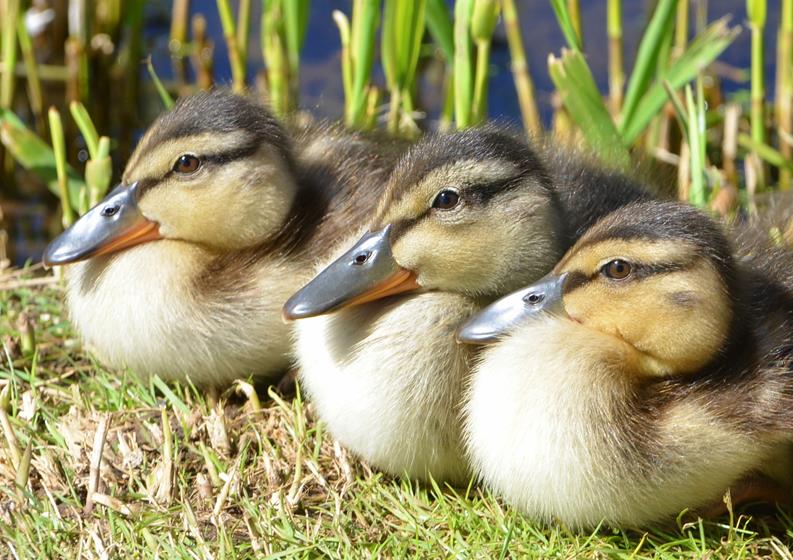
Behaviour
Drake mallard performing the grunt-whistle
[61] 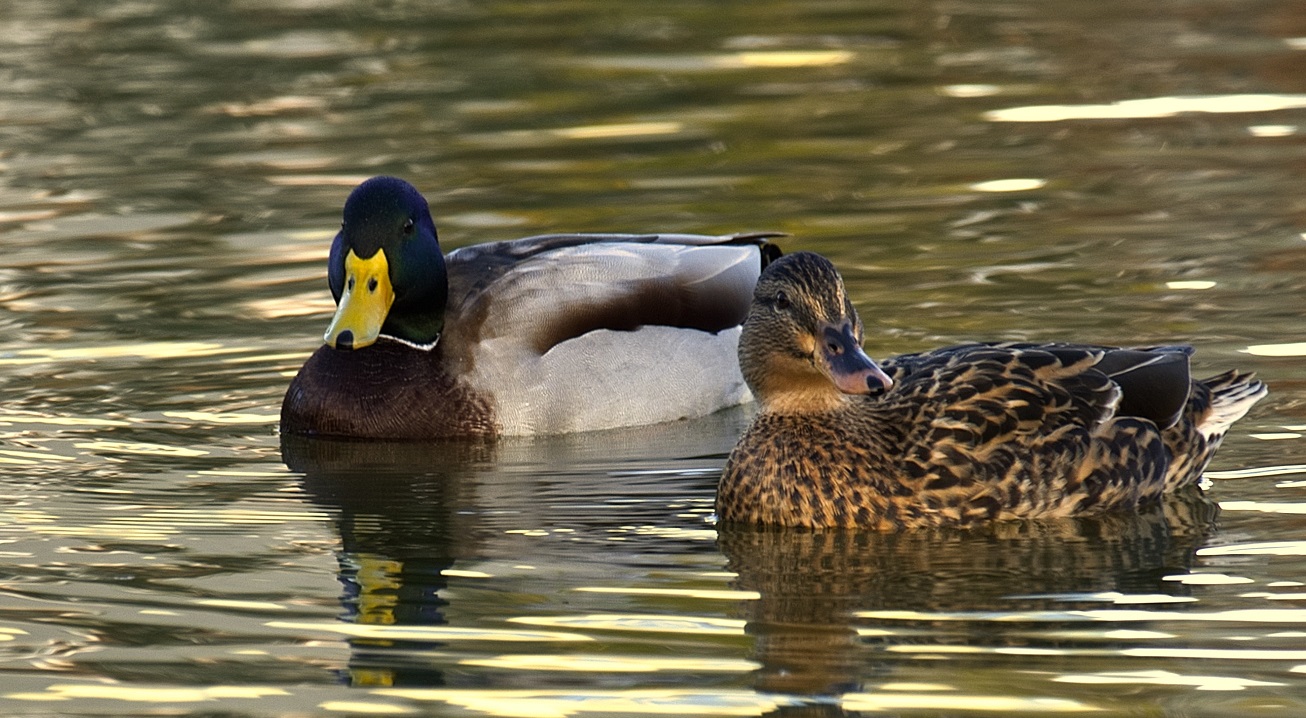
Feeding

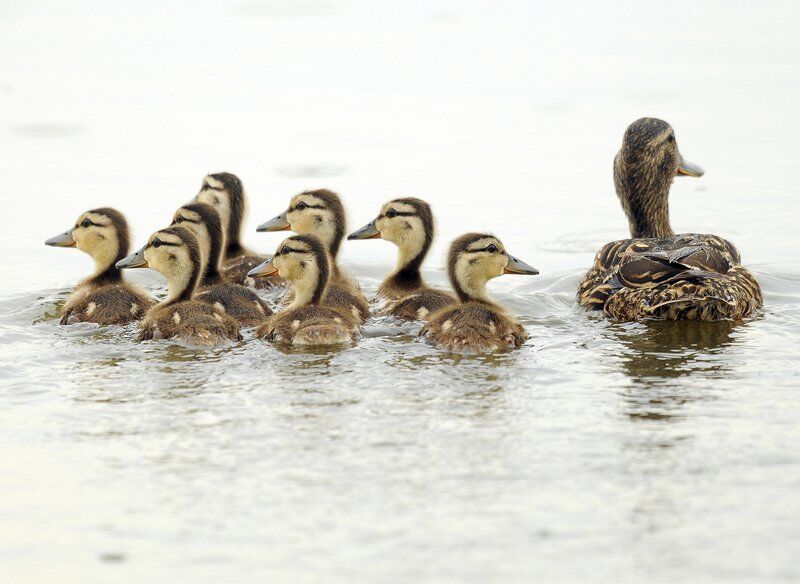
The mallard is omnivorous and very flexible in its choice of food.[62]
Its diet may vary based on several factors, including the stage of the
breeding cycle, short-term variations in available food, nutrient availability, and interspecific and intraspecific competition.[63] The majority of the mallard's diet seems to be made up of gastropods,[64] insects (including beetles, flies, lepidopterans, dragonflies, and caddisflies),[65] crustaceans,[66] worms,[64] many varieties of seeds and plant matter,[64] and roots and tubers.[66]
During the breeding season, male birds were recorded to have eaten
37.6% animal matter and 62.4% plant matter, most notably the grass Echinochloa crus-galli,
and nonlaying females ate 37.0% animal matter and 63.0% plant matter,
while laying females ate 71.9% animal matter and only 28.1% plant
matter.[67] Plants generally make up the larger part of a bird's diet, especially during autumn migration and in the winter.[68][69]
The mallard usually feeds by dabbling for plant food or grazing; there are reports of it eating frogs.[70] However, in 2017 a flock of mallards in Romania were observed hunting small migratory birds, including grey wagtails and black redstarts, the first documented occasion they had been seen attacking and consuming large vertebrates.[71]
It usually nests on a river bank, but not always near water. It is
highly gregarious outside of the breeding season and forms large flocks, which are known as "sordes."[72]

Breeding
Female mallard with five ducklings
Mallards usually form pairs (in October and November in the Northern
Hemisphere) until the female lays eggs at the start of the nesting
season, which is around the beginning of spring.[73]
At this time she is left by the male who joins up with other males to
await the moulting period, which begins in June (in the Northern
Hemisphere).[74][75]
During the brief time before this, however, the males are still
sexually potent and some of them either remain on standby to sire
replacement clutches (for female mallards that have lost or abandoned their previous clutch)[76]
or forcibly mate with females that appear to be isolated or unattached
regardless of their species and whether or not they have a brood of
ducklings.[76][77]
Nesting sites are typically on the ground, hidden in vegetation where the female's speckled plumage serves as effective camouflage,[78]
but female mallards have also been known to nest in hollows in trees,
boathouses, roof gardens and on balconies, sometimes resulting in
hatched offspring having difficulty following their parent to water.[79]
Egg clutches number 8–13 creamy white to greenish-buff eggs free of speckles.[80][81] They measure about 58 mm (2.3 in) in length and 32 mm (1.3 in) in width.[81] The eggs are laid on alternate days, and incubation begins when the clutch is almost complete.[81] Incubation takes 27–28 days and fledging takes 50–60 days.[80][82] The ducklings are precocial and fully capable of swimming as soon as they hatch.[83] However, filial imprinting
compels them to instinctively stay near the mother, not only for warmth
and protection but also to learn about and remember their habitat as
well as how and where to forage for food.[84]
Though adoptions are known to occur, female mallards typically do not
tolerate stray ducklings near their broods, and will violently attack
and drive away any unfamiliar young, sometimes going as far as to kill
them.[85]
When ducklings mature into flight-capable juveniles, they learn
about and remember their traditional migratory routes (unless they are
born and raised in captivity). In New Zealand, where mallards are naturalised,
the nesting season has been found to be longer, eggs and clutches are
larger and nest survival is generally greater compared with mallards in
their native range.[86]
In cases where a nest or brood fails, some mallards may mate for a
second time in an attempt to raise a second clutch, typically around
early-to-mid summer. In addition, mallards may occasionally breed during
the autumn in cases of unseasonably warm weather; one such instance of a
‘late’ clutch occurred in November 2011, in which a female successfully
hatched and raised a clutch of eleven ducklings at the London Wetland Centre.[87]
During the breeding season, both male and female mallards can
become aggressive, driving off competitors to themselves or their mate
by charging at them.[88]
Males tend to fight more than females, and attack each other by
repeatedly pecking at their rival's chest, ripping out feathers and even
skin on rare occasions. Female mallards are also known to carry out
'inciting displays', which encourages other ducks in the flock to begin
fighting.[89] It is possible that this behaviour allows the female to evaluate the strength of potential partners.[90]
The drakes that end up being left out after the others have
paired off with mating partners sometimes target an isolated female
duck, even one of a different species, and proceed to chase and peck at
her until she weakens, at which point the males take turns copulating
with the female.[91] Lebret (1961) calls this behaviour "Attempted Rape Flight", and Stanley Cramp and K.E.L. Simmons (1977) speak of "rape-intent flights".[91] Male mallards also occasionally chase other male ducks of a different species, and even each other, in the same way.[91]
In one documented case of "homosexual necrophilia", a male mallard
copulated with another male he was chasing after the chased male died
upon flying into a glass window.[91] This paper was awarded an Ig Nobel Prize in 2003.[92]
Mallards are opportunistically targeted by brood parasites, occasionally having eggs laid in their nests by redheads, ruddy ducks, lesser scaup, gadwalls, northern shovellers, northern pintails, cinnamon teal, common goldeneyes, and other mallards.[93]
These eggs are generally accepted when they resemble the eggs of the
host mallard, but the hen may attempt to eject them or even abandon the
nest if parasitism occurs during egg laying.[94]

Predators and threats
A male
mute swan (
Cygnus olor) driving off a female mallard.
In addition to human hunting, mallards of all ages (but especially
young ones) and in all locations must contend with a wide diversity of
predators including raptors and owls, mustelids, corvids, snakes, raccoons, opossums, skunks, turtles, large fish, felids, and canids, the last two including domestic ones.[95] The most prolific natural predators of adult mallards are red foxes (which most often pick off brooding females) and the faster or larger birds of prey, e.g. peregrine falcons, Aquila or Haliaeetus eagles.[96] In North America, adult mallards face no fewer than 15 species of birds of prey, from northern harriers (Circus hudsonius) and short-eared owls (Asio flammeus) (both smaller than a mallard) to huge bald, (Haliaeetus leucocephalus) and golden eagles (Aquila chrysaetos),
and about a dozen species of mammalian predator, not counting several
more avian and mammalian predators who threaten eggs and nestlings.[94]
Mallards are also preyed upon by other waterside apex predators, such as grey herons (Ardea cinerea),[97] great blue herons (Ardea herodias) and black-crowned night herons (Nycticorax nycticorax), the European herring gull (Larus argentatus), the wels catfish (Silurus glanis), and the northern pike (Esox lucius).[98] Crows (Corvus spp.) are also known to kill ducklings and adults on occasion.[99] Also, mallards may be attacked by larger anseriformes such as swans (Cygnus spp.) and geese during the breeding season, and are frequently driven off by these birds over territorial disputes. Mute swans (Cygnus olor) have been known to attack or even kill mallards if they feel that the ducks pose a threat to their offspring.[100] Common loons (Gavia inmer)
are similarly territorial and aggressive towards other birds in such
disputes, and will frequently drive mallards away from their territory.[101]
However, in 2019, a pair of common loons in Wisconsin were observed
raising a mallard duckling for several weeks, having seemingly adopted
it after being abandoned.[102]
The predation-avoidance behaviour of sleeping with one eye open,
allowing one brain hemisphere to remain aware while the other half
sleeps, was first demonstrated in mallards, although it is believed to
be widespread among birds in general.[103]

Status and conservation
Several drakes swim in a pond
Since 1998, the mallard has been rated as a species of least concern on the IUCN Red List of Endangered Species. This is because it has a large range–more than 20,000,000 km2 (7,700,000 mi2)[104]
and because its population is increasing, rather than declining by 30%
over ten years or three generations and thus is not warranted a vulnerable rating. Also, the population size of the mallard is very large.[105]
Unlike many waterfowl, mallards have benefited from human alterations to the world – so much so that they are now considered an invasive species in some regions.[106]
They are a common sight in urban parks, lakes, ponds, and other
human-made water features in the regions they inhabit, and are often
tolerated or encouraged in human habitat due to their placid nature
towards humans and their beautiful and iridescent colours.[27]
While most are not domesticated, mallards are so successful at
coexisting in human regions that the main conservation risk they pose
comes from the loss of genetic diversity among a region's traditional
ducks once humans and mallards colonise an area. Mallards are very
adaptable, being able to live and even thrive in urban areas which may
have supported more localised, sensitive species of waterfowl before
development.[107] The release of feral mallards in areas where they are not native sometimes creates problems through interbreeding with indigenous waterfowl.[106][108] These non-migratory mallards interbreed with indigenous wild ducks from local populations of closely related species through genetic pollution by producing fertile offspring.[108] Complete hybridisation of various species of wild duck gene pools could result in the extinction of many indigenous waterfowl.[108]
The mallard itself is the ancestor of most domestic ducks, and its
naturally evolved wild gene pool gets genetically polluted in turn by
the domestic and feral populations.[109]
Over time, a continuum of hybrids ranging between almost typical examples of either species develop; the speciation process is beginning to reverse itself.[110] This has created conservation concerns for relatives of the mallard, such as the Hawaiian duck,[111][112] the New Zealand grey duck (A. s. superciliosa) subspecies of the Pacific black duck,[111][113] the American black duck,[114][115] the mottled duck,[116] Meller's duck,[117] the yellow-billed duck,[110] and the Mexican duck,[111][116] in the latter case even leading to a dispute as to whether these birds should be considered a species[118]
(and thus entitled to more conservation research and funding) or
included in the mallard species. Ecological changes and hunting have
also led to a decline of local species; for example, the New Zealand
grey duck population declined drastically due to overhunting in the
mid-20th century.[113]
Hybrid offspring of Hawaiian ducks seem to be less well adapted to
native habitat, and using them in re-introduction projects apparently
reduces success.[111][119]
In summary, the problems of mallards "hybridising away" relatives is
more a consequence of local ducks declining than of mallards spreading; allopatric speciation
and isolating behaviour have produced today's diversity of mallard-like
ducks despite the fact that, in most, if not all, of these populations,
hybridisation must have occurred to some extent.[120]

Invasiveness
Mallards are causing severe "genetic pollution" to South Africa's biodiversity by breeding with endemic ducks[121] even though the Agreement on the Conservation of African-Eurasian Migratory Waterbirds – an agreement to protect the local waterfowl populations – applies to the mallard as well as other ducks.[122] The hybrids of mallards and the yellow-billed duck are fertile, capable of producing hybrid offspring.[123] If this continues, only hybrids occur and in the long term result in the extinction of various indigenous waterfowl.[123] The mallard can crossbreed with 63 other species, posing a severe threat to indigenous waterfowl's genetic integrity.[124] Mallards and their hybrids compete with indigenous birds for resources, including nest sites, roosting sites, and food.[121]
Availability of mallards, mallard ducklings, and fertilised
mallard eggs for public sale and private ownership, either as poultry or
as pets, is currently legal in the United States, except for the state
of Florida, which has currently banned domestic ownership of mallards. This is to prevent hybridisation with the native mottled duck.[125]
The mallard is considered an invasive species in New Zealand,[22]: 505
where it competes with the local New Zealand grey duck, which was
overhunted in the past. There, and elsewhere, mallards are spreading
with increasing urbanisation and hybridising with local relatives.[111]
The eastern or Chinese spot-billed duck is currently introgressing into the mallard populations of the Primorsky Krai, possibly due to habitat changes from global warming.[19] The Mariana mallard was a resident allopatric population – in most respects a good species – apparently initially derived from mallard-Pacific black duck hybrids;[126] unfortunately, it became extinct in the late 20th century.[127]
The Laysan duck is an insular relative of the mallard, with a very small and fluctuating population.[128][1]
Mallards sometimes arrive on its island home during migration, and can
be expected to occasionally have remained and hybridised with Laysan
ducks as long as these species have existed.[129] However, these hybrids are less well adapted to the peculiar ecological conditions of Laysan Island than the local ducks, and thus have lower fitness. Laysan ducks were found throughout the Hawaiian archipelago before 400 AD, after which they suffered a rapid decline during the Polynesian colonisation.[130] Now, their range includes only Laysan Island.[130] It is one of the successfully translocated birds, after having become nearly extinct in the early 20th century.[131]

Relationship with humans
Mallard (wild duck) resting on a poolside in San Francisco.

Domestication
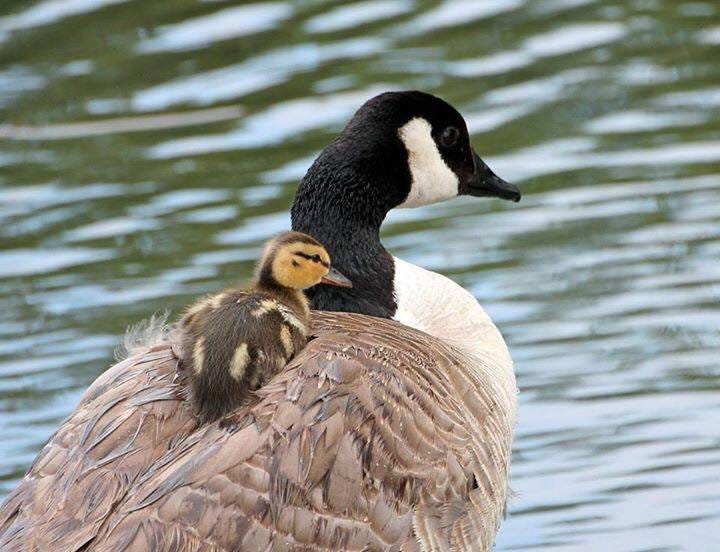
Mallards
have often been ubiquitous in their regions among the ponds, rivers,
and streams of human parks, farms, and other human-made waterways – even
to the point of visiting water features in human courtyards.[132]
Mallards have had a long relationship with humans. Almost all
domestic duck breeds derive from the mallard, with the exception of a
few Muscovy breeds,[133] and are listed under the trinomial name A. p. domesticus. Mallards are generally monogamous while domestic ducks are mostly polygamous. Domestic ducks have no territorial behaviour and are less aggressive than mallards.[134] Domestic ducks are mostly kept for meat; their eggs are also eaten, and have a strong flavour.[134] They were first domesticated in Southeast Asia at least 4,000 years ago, during the Neolithic Age, and were also farmed by the Romans in Europe, and the Malays in Asia.[135]
As the domestic duck and the mallard are the same species as each
other, it is common for mallards to mate with domestic ducks and produce
hybrid offspring that are fully fertile.[136] Because of this, mallards have been found to be contaminated with the genes of the domestic duck.[136]
While the keeping of domestic breeds is more popular, pure-bred mallards are sometimes kept for eggs and meat,[137] although they may require wing clipping to restrict flying, or training to navigate and fly home.[138]
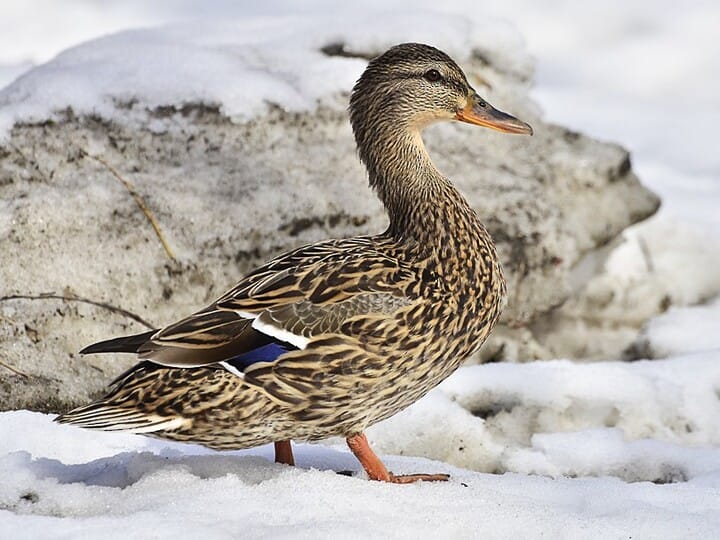
Mallards
are one of the most common varieties of ducks hunted as a sport due to
the large population size. The ideal location for hunting mallards is
considered to be where the water level is somewhat shallow where the
birds can be found foraging for food.[139] Hunting mallards might cause the population to decline in some places, at some times, and with some populations.[140]
In certain countries, the mallard may be legally shot but is protected
under national acts and policies. For example, in the United Kingdom,
the mallard is protected under the Wildlife and Countryside Act 1981, which restricts certain hunting methods or taking or killing mallards.[141]
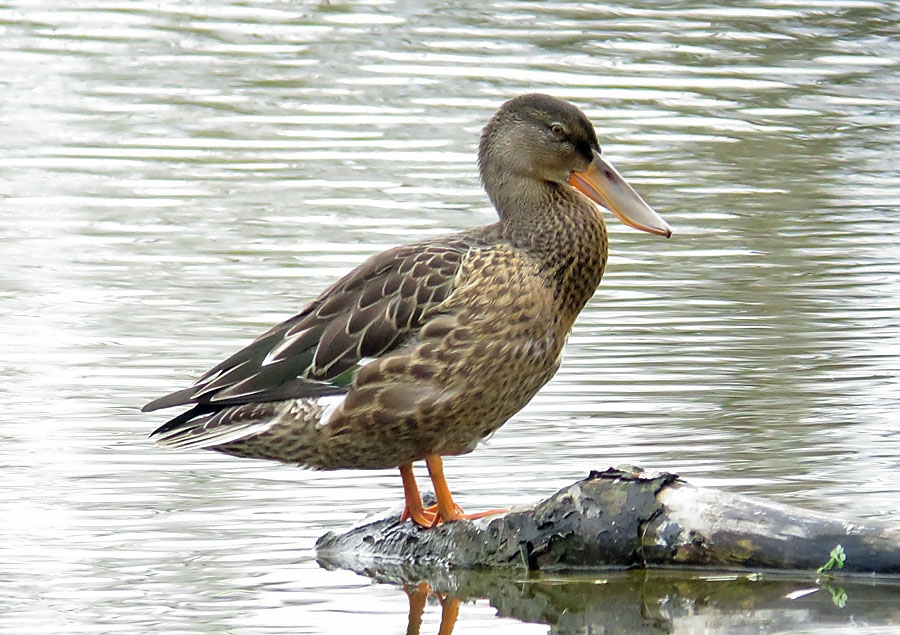
Since ancient times, the mallard has been eaten as food. The wild mallard was eaten in Neolithic Greece.[142] Usually, only the breast and thigh meat is eaten.[143] It does not need to be hung before preparation, and is often braised or roasted, sometimes flavoured with bitter orange or with port.[144]

Binomial name
Anas platyrhynchos

Range of A. platyrhynchos
Breeding
Resident
Passage
Non-breeding
Vagrant (seasonality uncertain)
Possibly extinct and introduced
Extant and introduced (seasonality uncertain)
Possibly extant and introduced (seasonality uncertain)
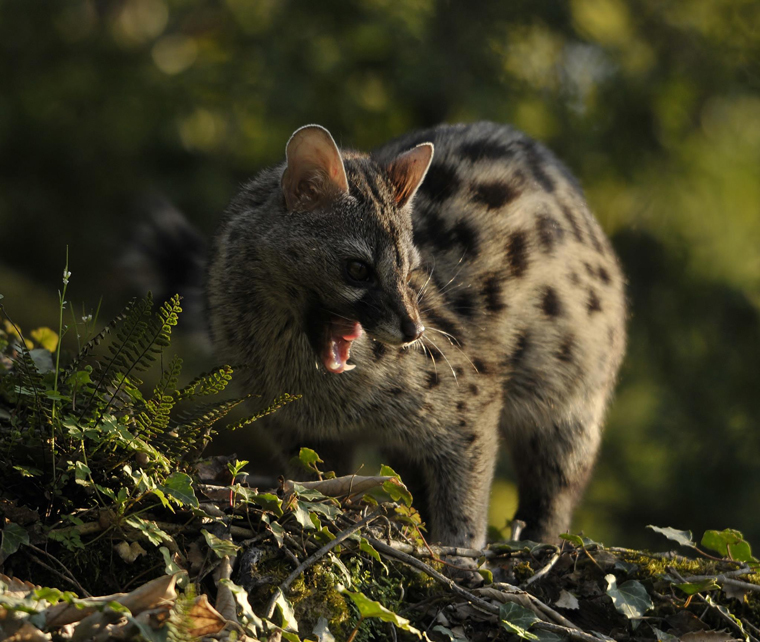


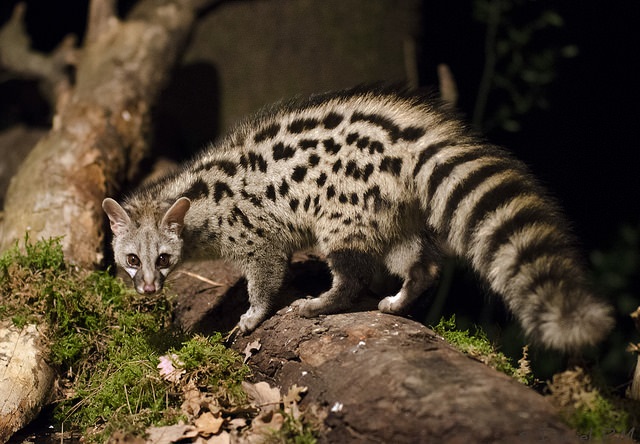



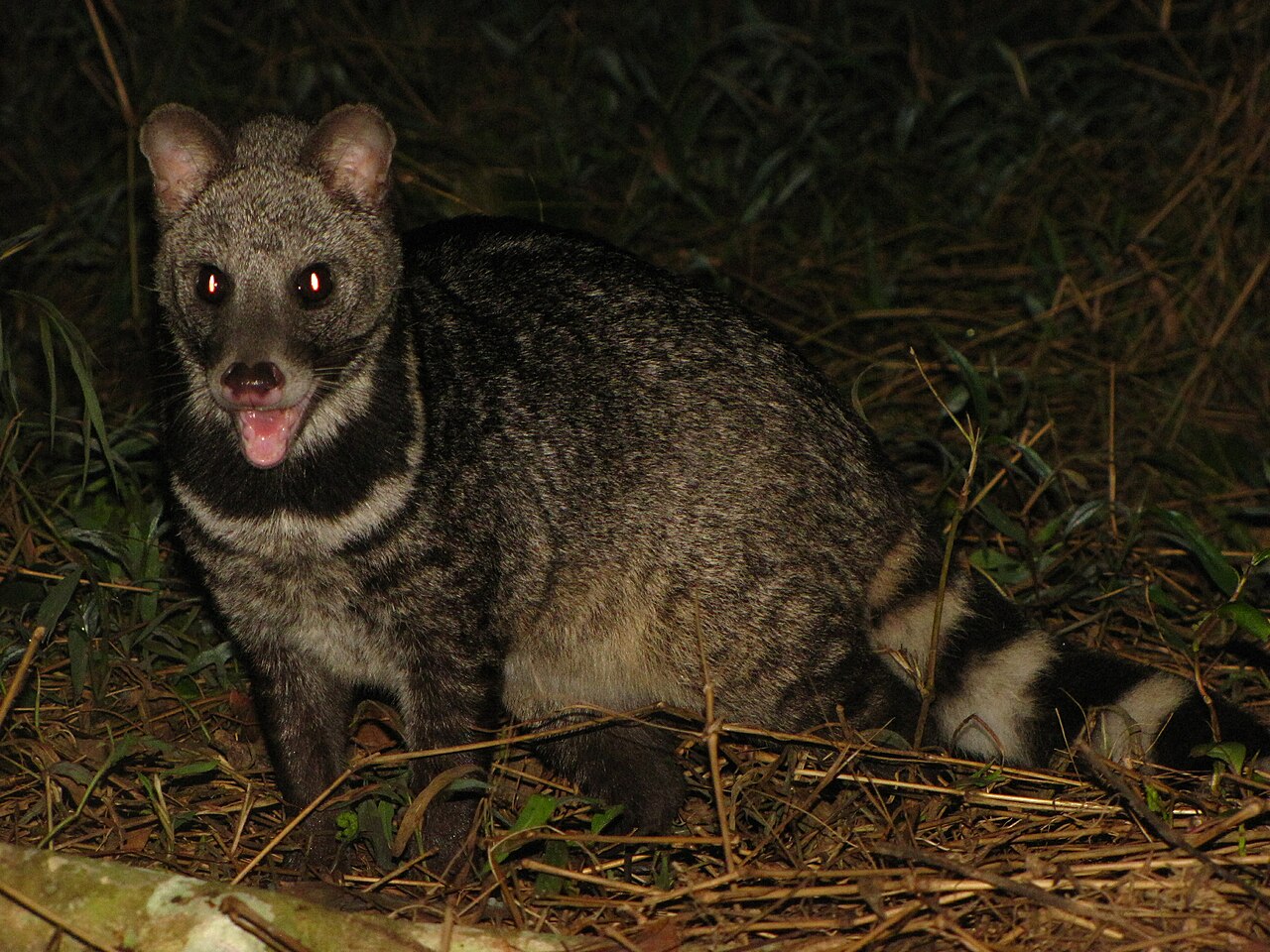
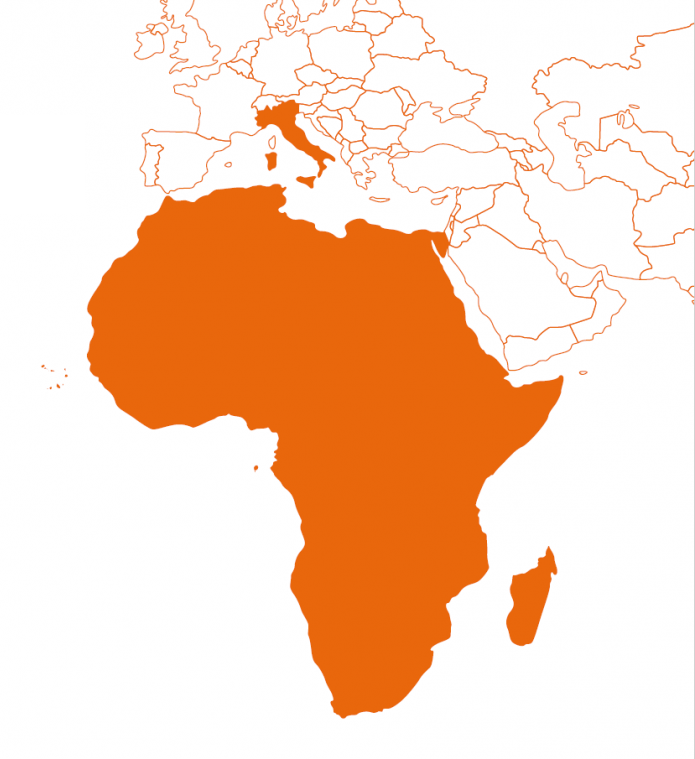
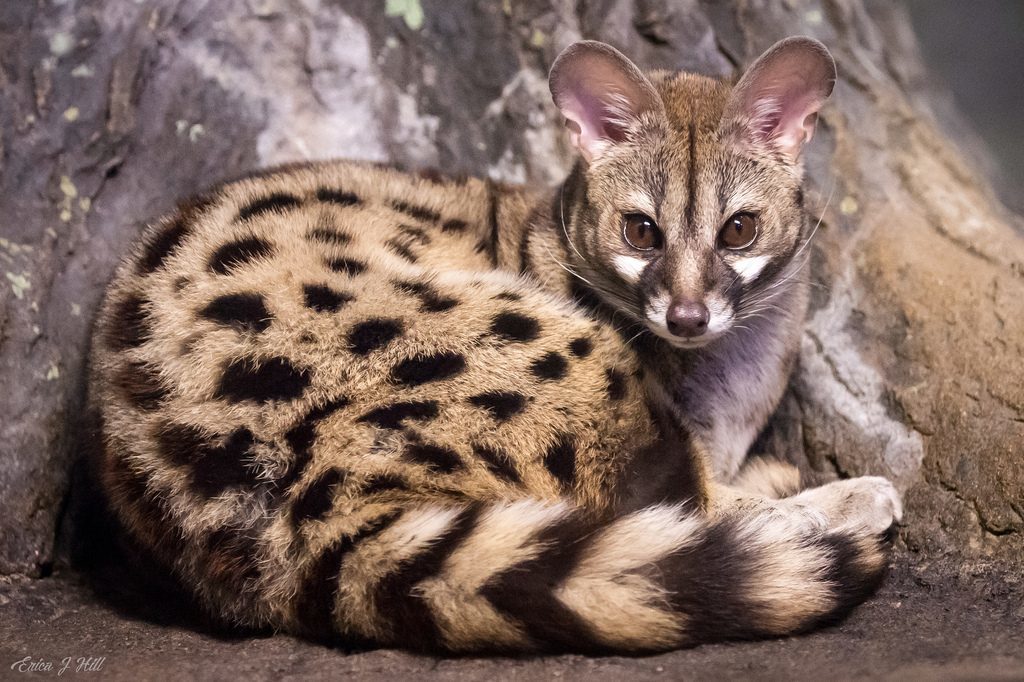


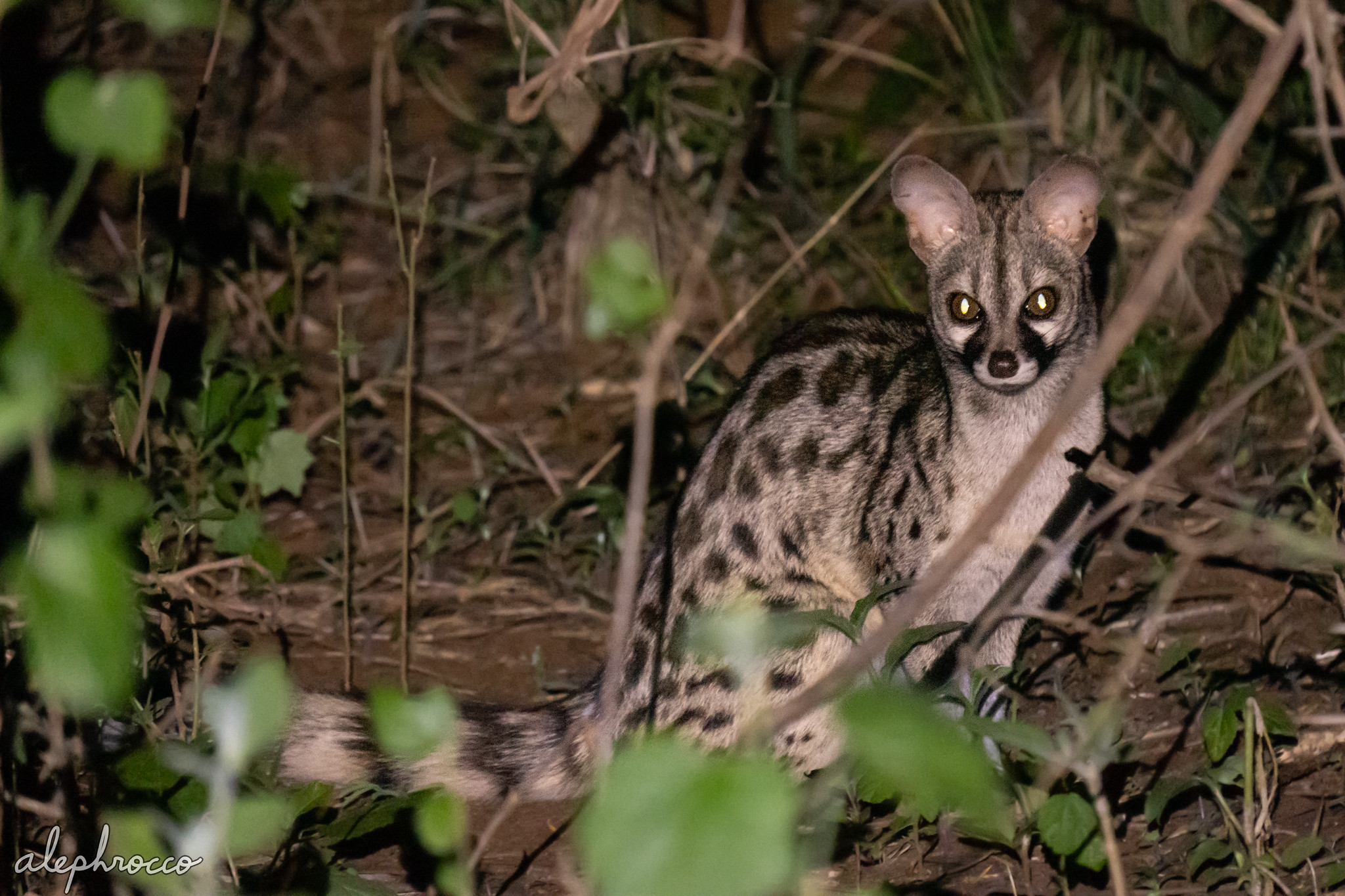
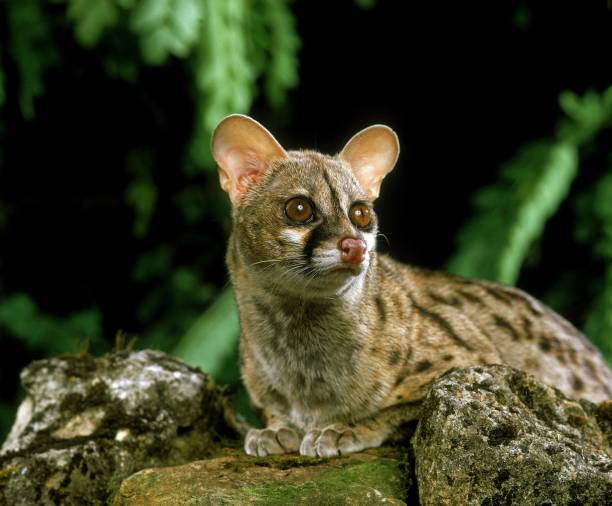

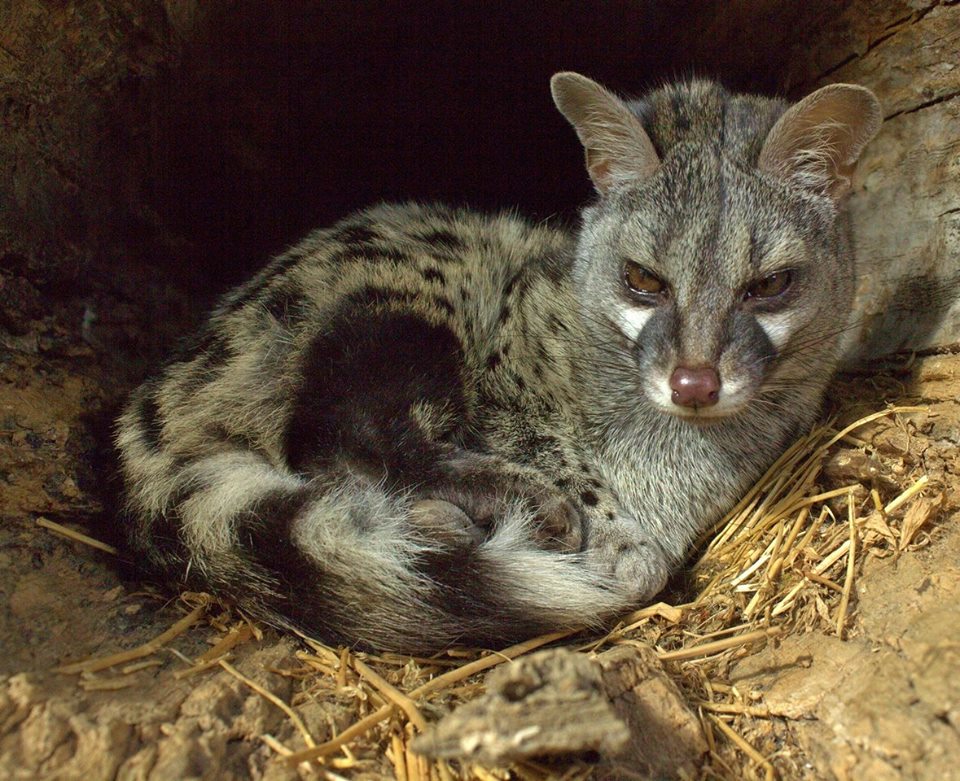

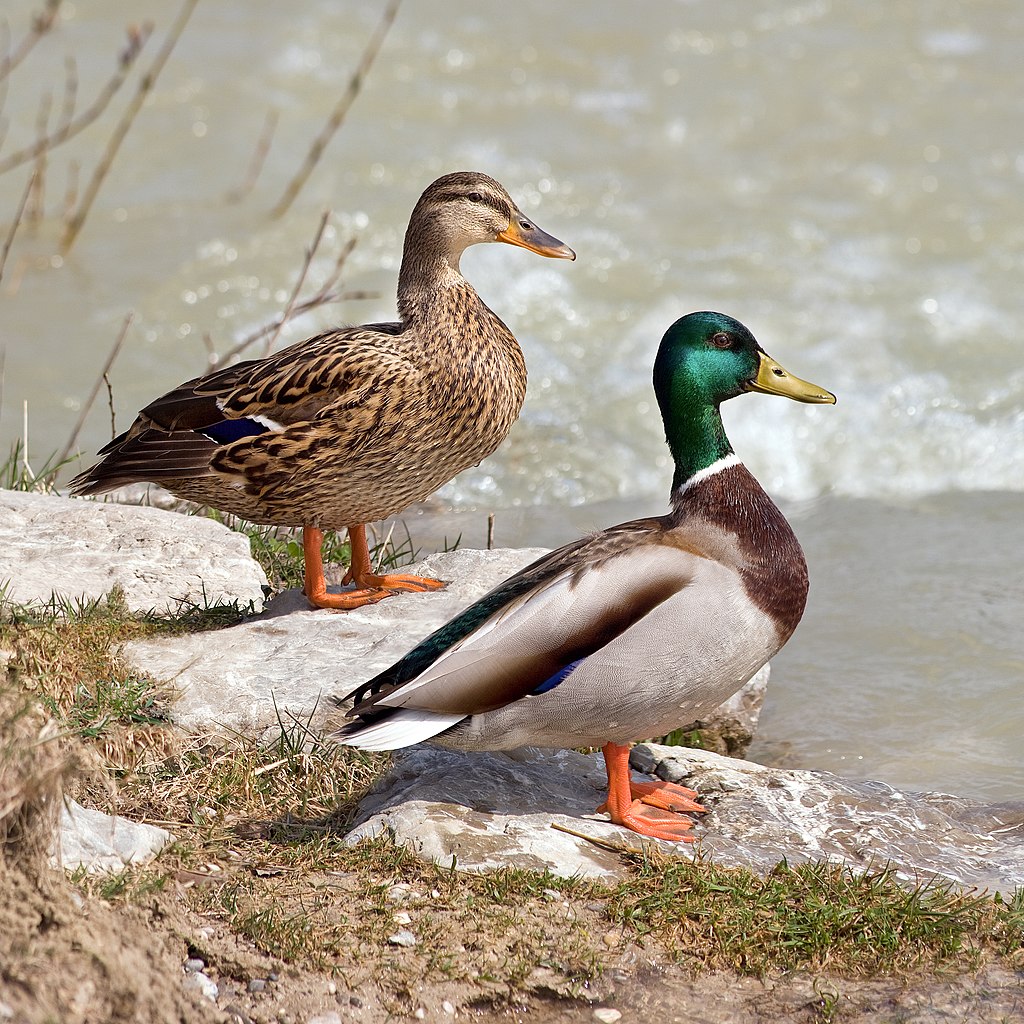




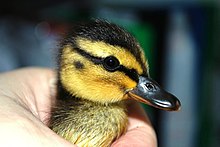

/https://www.thespec.com/content/dam/thespec/photos/2020/01/15/rare-leucistic-mallard-spotted-near-lasalle-park-pier/B881012186Z.1_20200114152653_000_G9JRR966.2-0_Gallery.jpg)
















